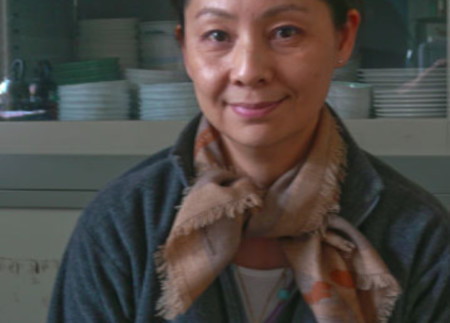Through local networks and in partnership with C.A.P and Mediamatic Travel we build support for creatives, scholars, and cultural workers wishing to undertake projects or research in Kobe and the Kansai.
Our networks have deep roots and long experience. Their origins date back to the Great Hanshin-Awji earthquake when an international effort was organized to support the arts in Kobe. Artists in Marseilles France led by Barr Phillips organized concerts to raise money to aid in Kobe's recovery. That successful effort (see, Acte Kobe) led to an ongoing series of exchanges and the creation of C.A.P. (The Conference on Art and Art Projects). While Acte Kobe was disbanded in 2005, its influence is still very much alive in the city (see forthcoming, "Raymond Boni at Q2). C.A.P. is a direct outgrowth of Acte Kobe and it continues the international mission described by its origins. In this regard, C.A.P. hosts artists from across Europe on a continuing basis. (See forthcoming Claudia Weber).
Theory of Clouds was established to serve as a host for the Mediamatic Travel project in Kobe and to facilitate connecting Mediamatic travelers with resources in the Kansai. To learn more about how we could support your work, see forthcoming, "Claudia Weber" and "Ava Bromberg visiting Kobe".
Kobe is a unique city in Japan. It shares with Yokohama and three other cities the distinction of being among Japan's first "open ports". In its early modern history, Japan restricted Western access to the country. Therefore, Kobe's contact with the west runs deep. The city's architecture and social fabric bare witness to this. From Ashiya to Kitano, there is a rich mixture of history and style. There are distinguished cultural institutions such as the Kobe International Center for Cooperation and Communication and the Hyogo Prefectural Museum of Art which serve large communities. At the same time, there is a diverse network of small galleries and Art houses. Kobe is also distinctive by its location. We are 30 minutes from central Osaka and 40 minutes from central Kyoto. So to be in Kobe is to be at the hub of the great cities of the Kansai.
























